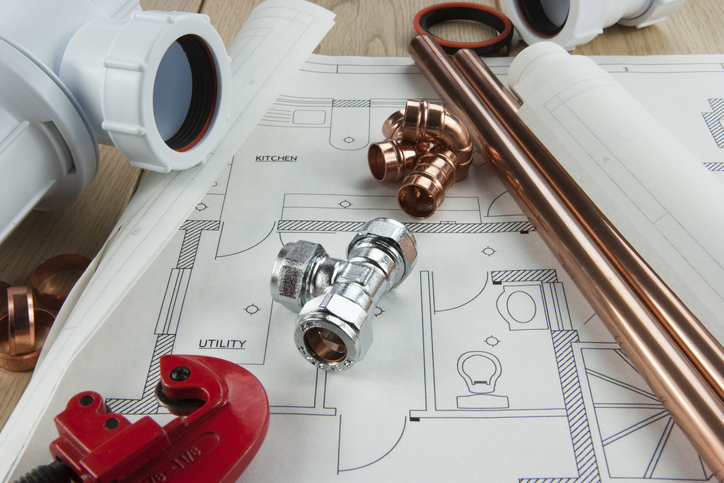Copper to galvanized fitting is a common issue in plumbing and HVAC systems. Galvanized iron pipes are coated with a layer of zinc to prevent corrosion, but this coating can create problems when connecting to copper fittings. In this article, we will discuss the proper way to connect a galvanized iron pipe to copper.
The Challenge of Connecting Galvanized Iron to Copper
Galvanized iron pipes are coated with a layer of zinc, which can cause corrosion when connected to copper fittings. Copper is a more noble metal than zinc, which means it can corrode the zinc coating on the galvanized pipe. This corrosion can lead to weakened connections and potentially cause leaks.
The Solution: Use a Copper to Galvanized Fitting
To overcome this challenge, a copper to galvanized fitting is used. This fitting is designed to connect a copper tube to a galvanized iron pipe. The fitting has a special design that prevents the zinc coating on the galvanized pipe from coming into contact with the copper tube.

Types of Copper to Galvanized Fittings
There are several types of copper to galvanized fittings available, including:
- Compression fittings: These fittings use a compression nut to secure the copper tube to the galvanized pipe.
- Flared fittings: These fittings use a flared end on the copper tube to create a tight seal on the galvanized pipe.
- Push-fit fittings: These fittings use a push-fit design to connect the copper tube to the galvanized pipe.
How to Connect a Galvanized Iron Pipe to Copper
To connect a galvanized iron pipe to copper, follow these steps:
- Cut the copper tube to the desired length.
- Clean the end of the copper tube and the galvanized pipe to remove any debris or corrosion.
- Apply a small amount of pipe dope or Teflon tape to the end of the copper tube.
- Insert the copper tube into the fitting, making sure it is fully seated.
- Secure the copper tube to the fitting using the appropriate method (compression nut, flared end, or push-fit design).
- Connect the other end of the copper tube to the rest of the plumbing or HVAC system.

Conclusion
In conclusion, connecting a galvanized iron pipe to copper can be a challenge due to the potential for corrosion. However, by using copper to galvanize fitting, this challenge can be overcome. There are several types of fittings available, and the proper installation method is straightforward.
By following the steps outlined in this article, you can ensure a strong and corrosion-free connection between your galvanized iron pipe and copper tube.